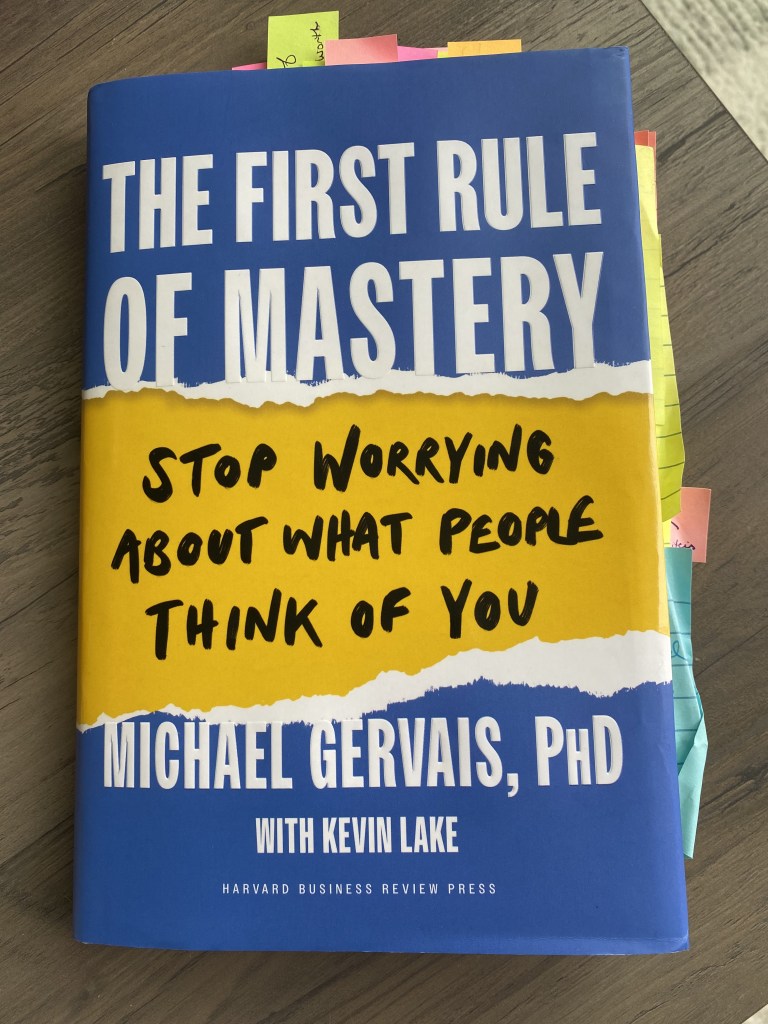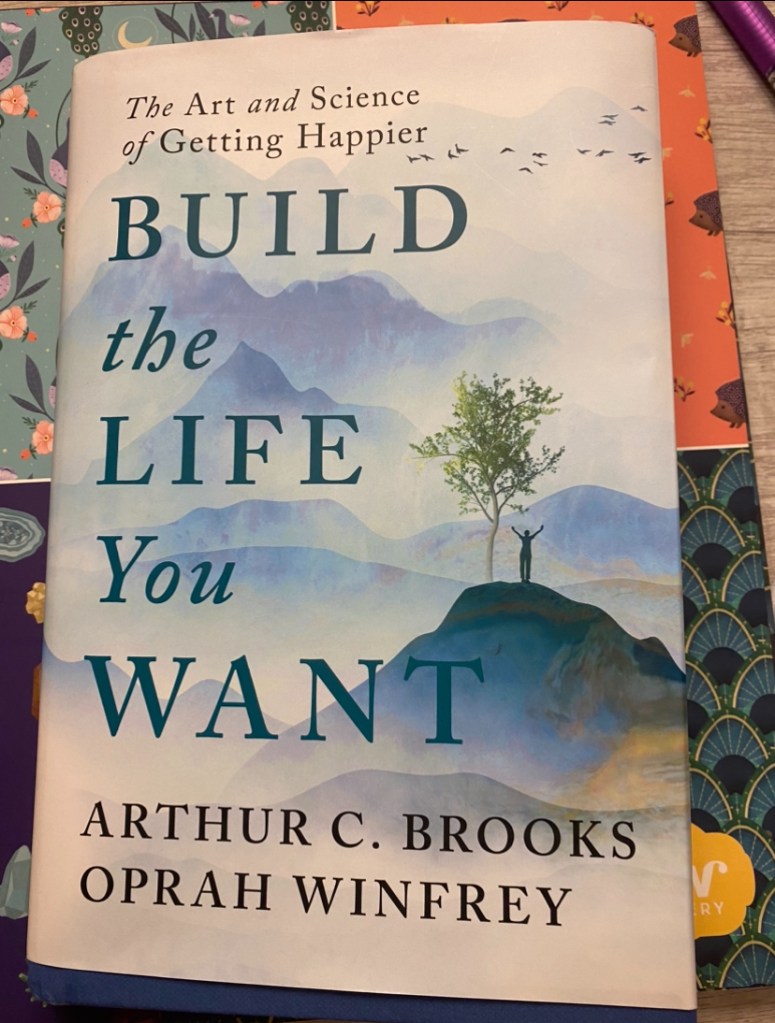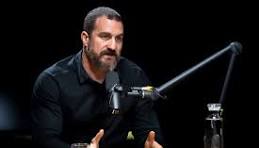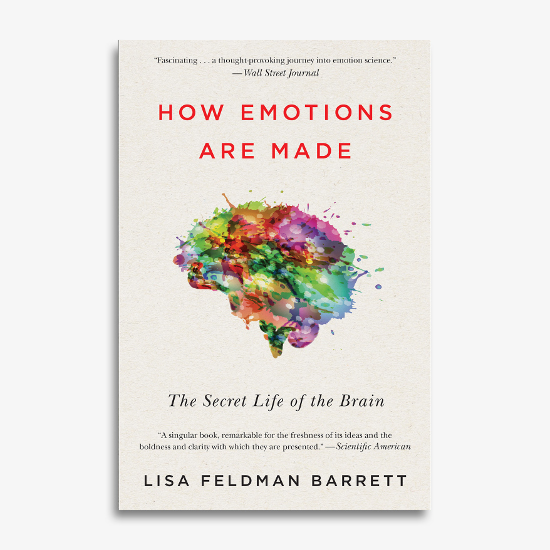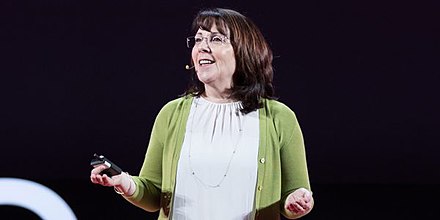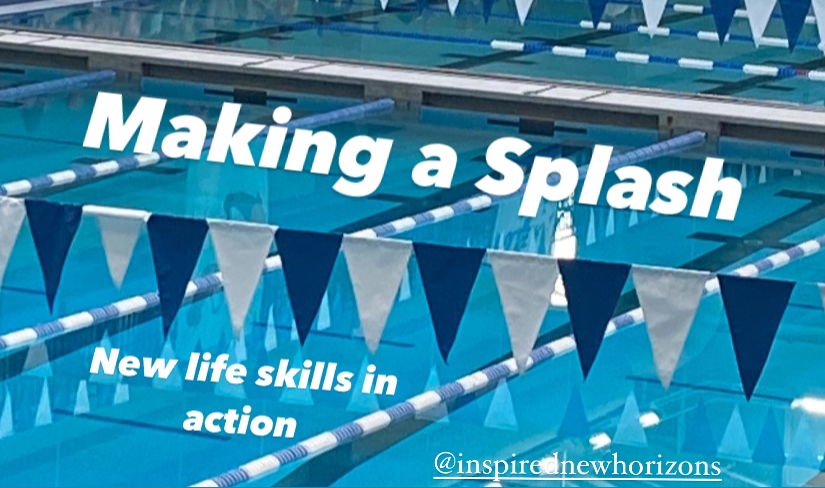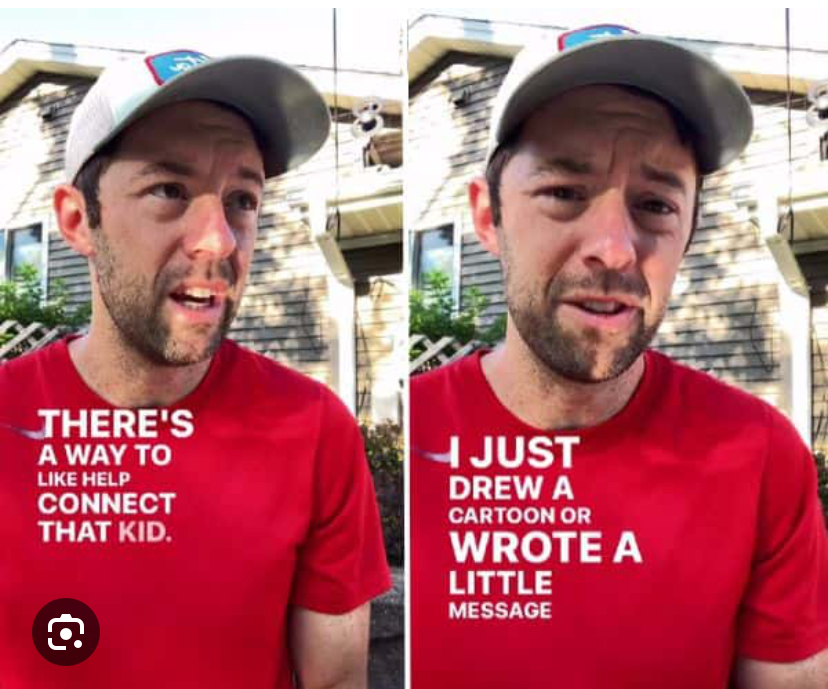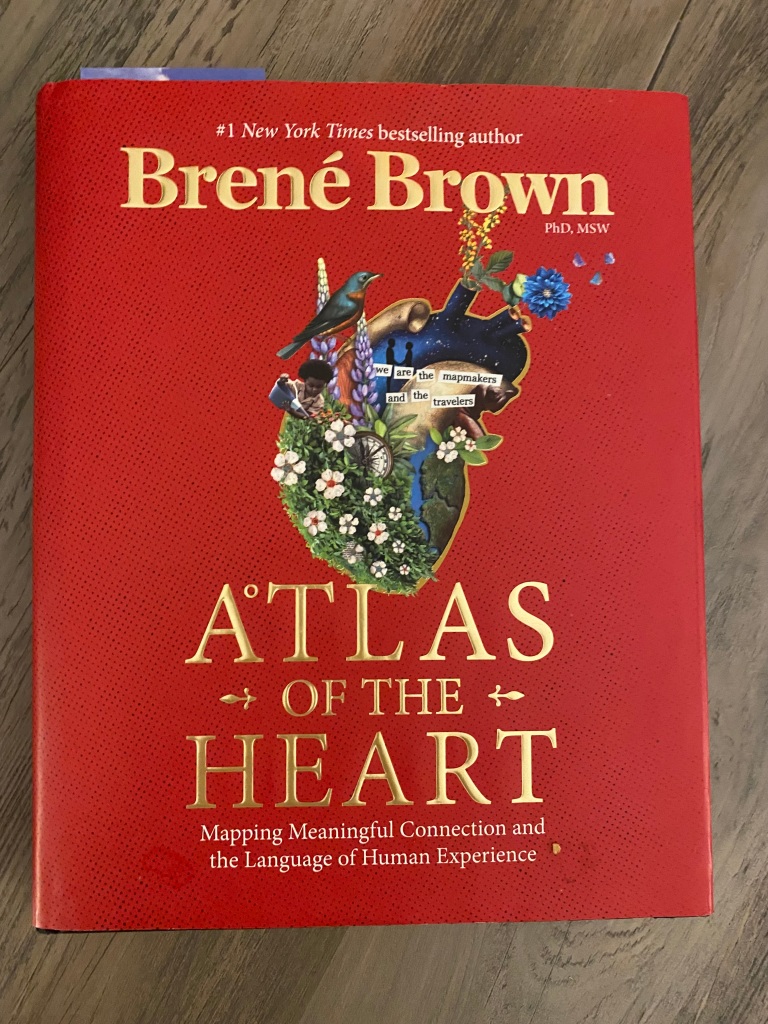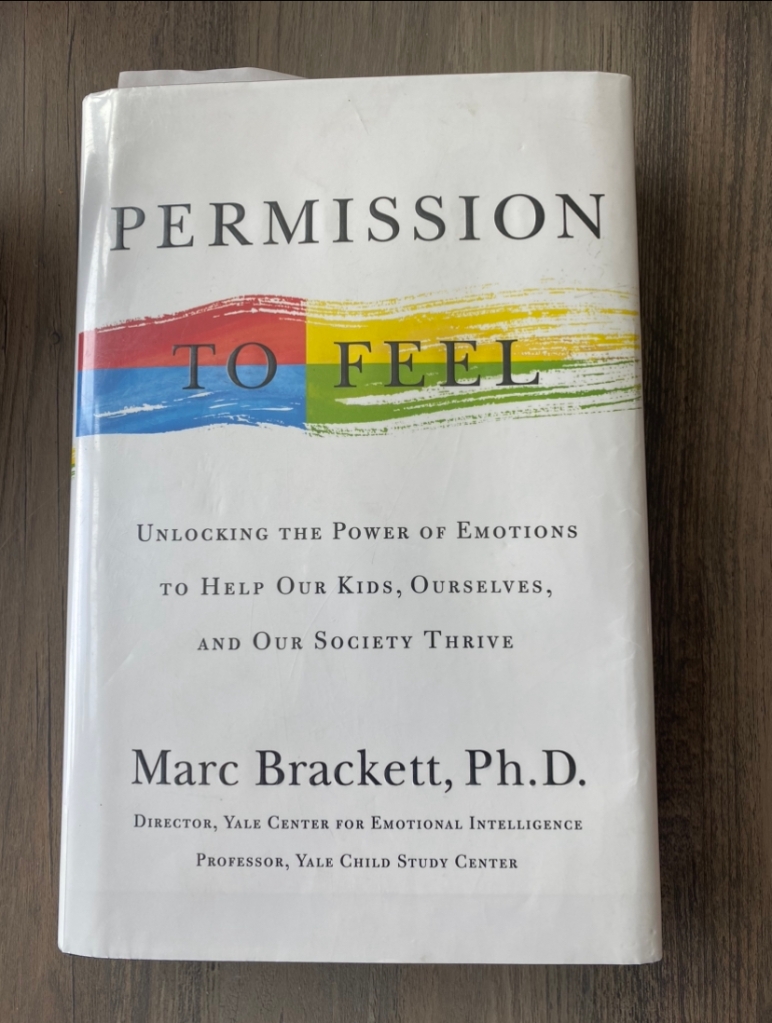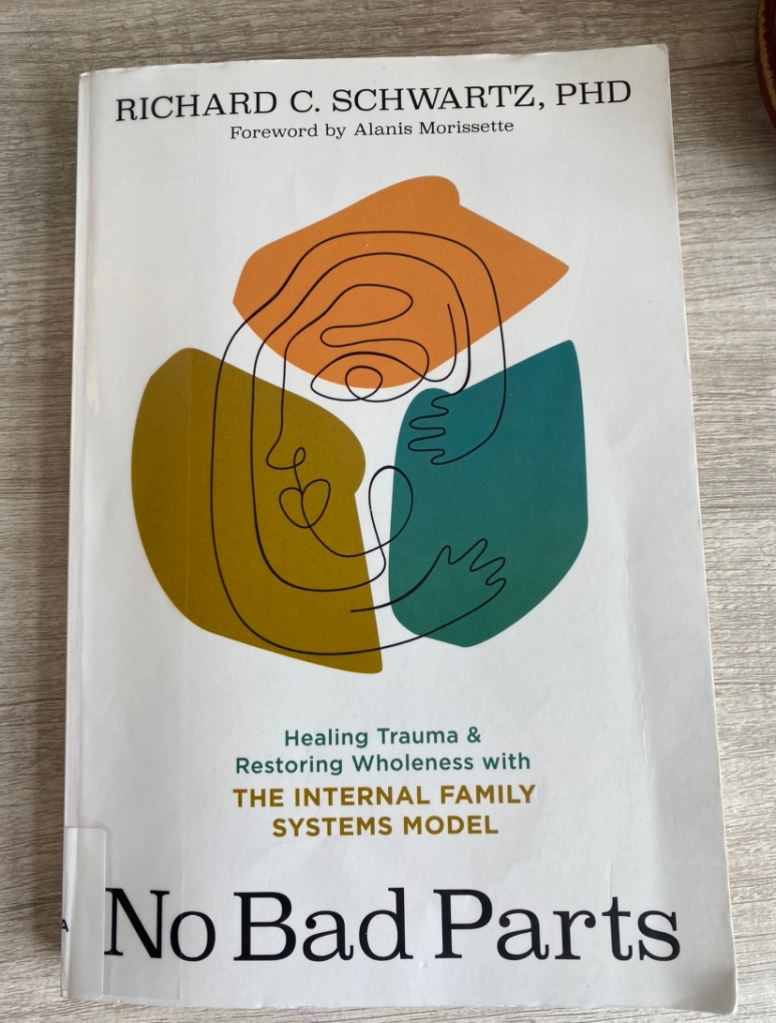In my last blog post, I shared how integral it is to really know ourselves well — so that we stop the shape shifting we do unconsciously as we move in and out of the many roles we play daily. What we are striving for is a strong, consistent foundation for moving through life – no matter our role and responsibility, no matter the opportunity or the problem.
We have a whole new way of viewing self discovery and personal growth now. We are normalizing the obvious — we are always “works in progress”. We are going to be re-shaped and impacted in remarkable ways by life. The transformational pivot is how we re-frame this ever evolving, organic process. We start with a solid foundation of who we are, grounded in our values. Any renovation starts with the bare bones; the good bones are the core of who we are and who we are becoming.
If we use this metaphor of renovating an old house into our dream home, we can get clarity very quickly about self-discovery and meaningful change. When we see the potential in the “good bones” of a neglected house, we get super-charged about what is possible — and we get to work. We can apply this same approach to personal growth. It shifts our attitude in a whole new direction — it is fascinating, motivating and empowering.
Bear in mind that we are also bringing new tools and skills to our personal renovation process. We now know that the old parenting models hijacked emotional integration which is the most impactful key to really knowing ourselves and what matters most to us. We also know with great clarity that social norms compounded the problem and kept us stuck in limiting beliefs about our full potential.

There is a compelling reason that so many leaders in parenting, psychology, behavioral science and neuroscience point us to childhood to look for the root causes of our insecurities, poor coping skills and problematic behavioral patterns: Childhood beliefs can have a very strong grip on our sense of self, our beliefs about our potential and even our understanding of the world at large.
Here is the story of Florence Nightingale, one of the most heroic figures of the 19th century who saved countless lives on battlefields and in hospitals. Florence knew as a young girl that she wanted to be a nurse – it was her calling, her destiny. She wanted to revolutionize medicine and sanitary conditions. But it took her 18 long years to fulfill her childhood dream. What held her back? Not financial means – she came from a wealthy family. Not acumen – she learned, studied and had practical experience. What held her back was limiting beliefs – her own and others. She was afraid of “what a woman’s role was supposed to be.” It was also the fear of other people’s opinions – her parents held her back, her sister held her back and other people’s opinions hold her back. It was only when she freed herself from these limiting beliefs that she embraced and pursued her true destiny. As Florence journaled about her frustrations, she realized that she’d been “tied down with straw all along” — and she cut through the bonds that held her back. (special thanks to Ryan Holiday for sharing this story recently)
The story of Florence Nightingale shines a powerful light on the reality that old parenting paradigms, gender stereotyping and social conditioning keep most of us from tapping into the best versions of ourselves and discovering our incredible hidden potential. I often ponder how many inventions, advancements and breakthroughs were missed all throughout history due to the grip of limiting beliefs.
In his book, Hidden Potential, Adam Grant does a deep dive into the many ways we got things wrong about our ever evolving potential. He unpacks the distinctions between (a) character and personality and (b) values and beliefs. This sets the stage for building a strong sense of our own identity.
Have you had an overreaction to someone or something and later admonished yourself for “acting out of character?” What were you using as a benchmark for your character?
Most likely, you were acting from your personality and out of alignment with your values.
“Character is often confused with personality, but they’re not the same. Personality is your predisposition — your basic instincts for how to think, feel and act. Character is your capacity to prioritize your values over your instincts. Character doesn’t set like plaster – it retains its plasticity. — excerpted from Hidden Potential by Adam Grant
Kids operate instinctively on “personality” with young developing brains. Children need adult guidance to role model and teach character skills — and be the training wheels for emotional regulation.
If you grew up in a family environment where the adults operated mostly on personality themselves, or had a double standard for family values, it’s no wonder there is real confusion around your personality and your character. Many of us were labeled by adults for our personality traits — our basic instincts for how to think, feel and act. Those labels stuck. And the accompanying limiting beliefs gripped tight.
“The true test of character is whether you manage to stand by your values when the deck is stacked against you. If personality is how you respond on a typical day, character is how you show up on hard day. Personality is not your destiny – it’s your tendency. Character skills enable you to transcend that tendency to be true to your principles. It’s not about the traits you have — it’s what you decide to do with them.” — Excerpted from Hidden Potential by Adam Grant.
Dr. Becky Kennedy, the child psychologist who is championing the game-changing parenting paradigm shift, stresses the importance of emotional integration and teaching character skills throughout the 18 year apprenticeship that our kids have inside their family units.
Just imagine growing up and growing through life free of personality labels and limiting beliefs – scaffolded by parents and family members, as you build your own strong sense of self and foundational core values. There is no better springboard for entering adulthood.

Adam Grant next offers the critical distinction between our values and our beliefs. When we understand the integral difference between the two, we can see clearly that values become the foundation of our real identify (our strong sense of self) that we can build upon for the rest of our lives. This is why values become the springboard for building our lives. Beliefs can hold us back.
Values are what you think is important.
Beliefs are what we think is true.
Our personal foundation is built on our values — what we think is important. Our values create the focal point for where we spend our time, our energy and our resources. Our core values stand the test of time, are both durable and flexible. They become the scaffolding and building blocks for lifelong learning and evolving.
Our beliefs are subject to change and in reality should be updated and refreshed as we acquire new knowledge, more experiences, set new goals and broaden our perspectives.
Did you go into adulthood, marriage or parenthood with a strong sense of what mattered most to you? Were you determined not to do some of the things that your own parents did? Did you make a mad dash for the door when you reached adulthood so that you could go out and live your life just the way you wanted to? What a great place to start looking for the “good bones” of your foundation.
One of the biggest problems we have with separating out our “values” from our “beliefs” is that those childhood beliefs became very intertwined in our life stories growing up. It is hard to even see or think differently with all that overgrown prickly brush covering up the “good bones.” Florence Nightingale’s story is proof positive.

Whatever you long to be “free of” is entangled in limiting beliefs. Do you think you aren’t smart enough or courageous enough to pursue your “dream” career or start your own business? Are you overly concerned with what others might think if you colored outside the lines, took a big risk or moved far away? Do you make yourself small so that others feel better about themselves – and then find yourself resentful for not investing in your own big dreams, ideas and goals? Letting go of those limiting beliefs gives you the wiggle room you need to reimagine and reclaim who you are — and who you want to become.
Malcolm Gladwell invites us to hold our beliefs lightly. He will often offer his perspective on something and add the disclaimer — “for now” or “at this time”. He is clearly acknowledging that what he believes about a subject or idea is subject to change. For any of us who have lived multiple decades, we get this on a very visceral level. So many things in our daily lives have changed in the most astounding ways over the least 20, 40 and 60 years. What we once resisted is now a normal part of our everyday lives.
Take some time to reflect on your own childhood beliefs that got in your way growing up. Identify one or two things that you proved wrong to yourself and others. Reflect on some beliefs you once had that make you laugh today.
Adam Grant pointed out something that is integrally important to understand about an identity that gets built around beliefs. When our identity, our sense of self, is too closely linked to our beliefs (rather than our values), we will feel threatened when we change our mind about something. We will feel like we are “wishy washy”. We might even tell ourselves that we aren’t being true to ourselves if we change our minds about a strongly held belief.
If we are grounded in our values rather than our beliefs, changing our minds is as natural as changing our clothes. Of course we are going to change our minds — and our beliefs — about all kinds of things in our lives. If not, we would stunt our growth.
Adam Grant cleverly named his popular podcast “Rethinking”. Breakthroughs in neuroscience, technology and psychology are coming at us fast and furiously these days. Why not stay current and “rethink” old beliefs?

In his book, The First Rule of Mastery; Stop Worrying About What Other People Think of You, Dr. Michael Gervais adds even more context to limiting beliefs. Just like the vine that has a stranglehold on this tall tree, a narrow identity can never capture the full essence of who we are. The fear of other’s opinions can keep us playing a “narrow” game. Florence Nightingale didn’t want to rock the boat or risk being outcast from her family, so she limited herself to stay connected to them.
“When we have fused ourselves to an identity that is not true to who we are, or to an identity that’s too narrow to contain the whole of who we are, or to an identity incapable of incorporating new information and growing, the opinion of another can feel like an assault where our survival is at stake.” — excerpted from The First Rule of Mastery by Dr. Michael Gervais.
Returning to the metaphor of recovering the good bones of a solid old house, take some time to think about what you may have misunderstood about personality and character, values and beliefs. Take stock of the messaging you received in childhood and take into consideration what the social norms were when you were a kid. Begin your own personal growth renovations by building a foundation of core values that are just right for who you are today and who you are becoming.
Start to challenge your limiting beliefs — do they still hold true?
Once you really know yourself well, and you are anchored in your core values, you will find yourself using those values as a filter more consciously. You will discover that there are far fewer times when you feel like you acted “out of character.” This is living mindfully — noticing what is going through your mind before you act — and being more discerning in your response.
You’ll worry less about what other’s might think (and for the record, they are rarely thinking about you as much as you believe) and you’ll make decisions based on what is truly right for you.
Let Florence Nightingale be your reminder not to let your biggest dreams be sidelined.
RECOMMENDED RESOURCES:

